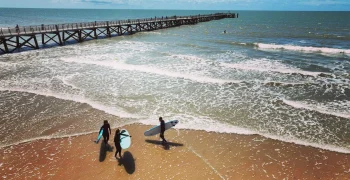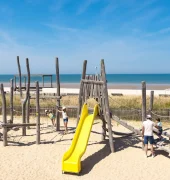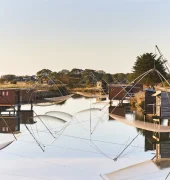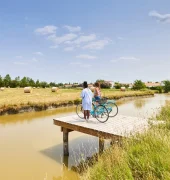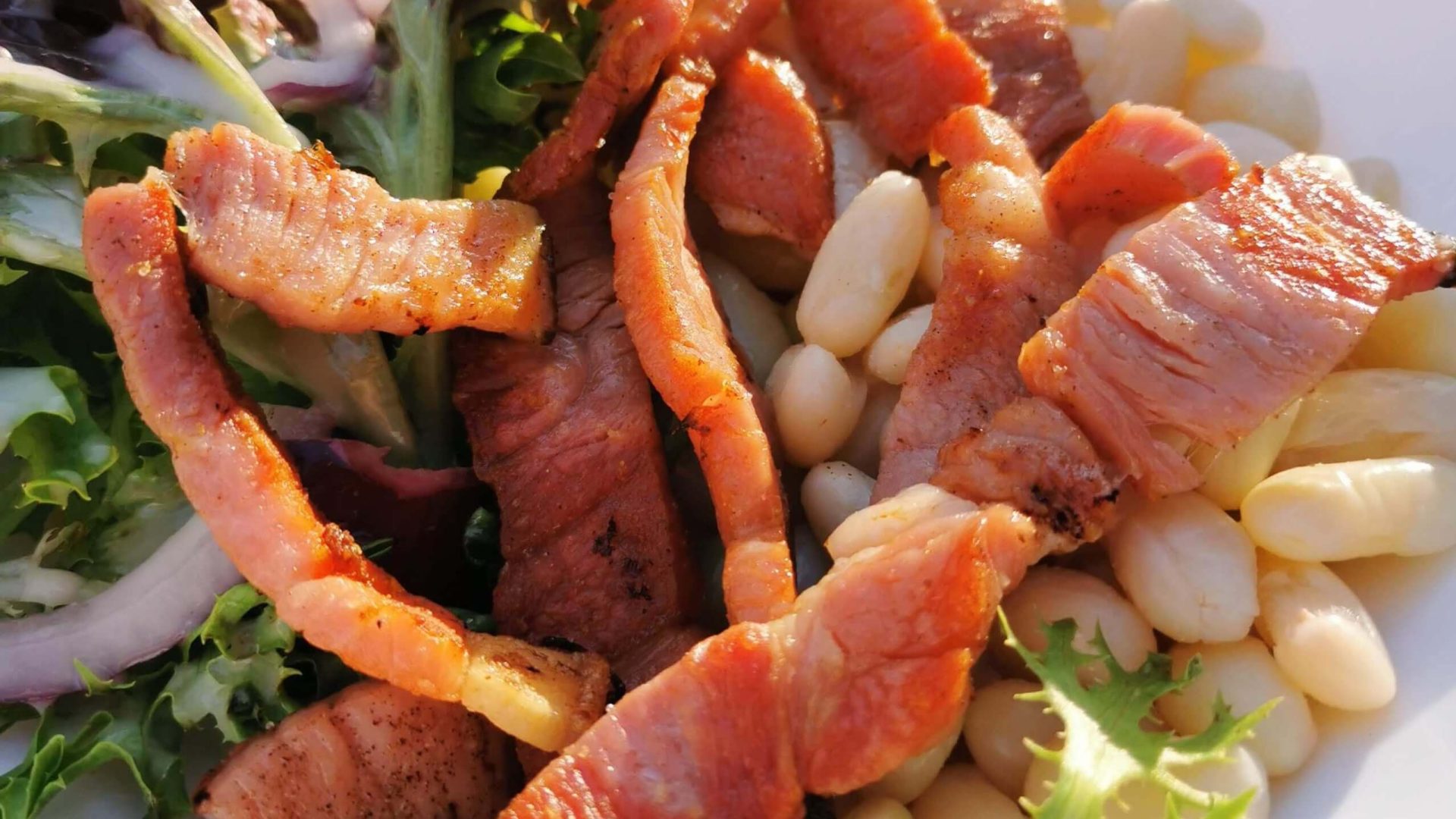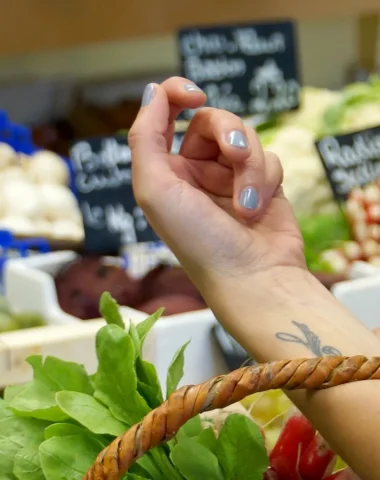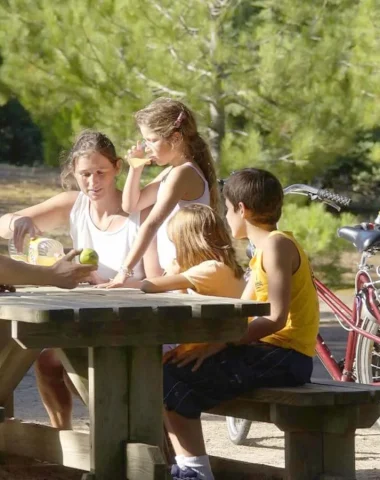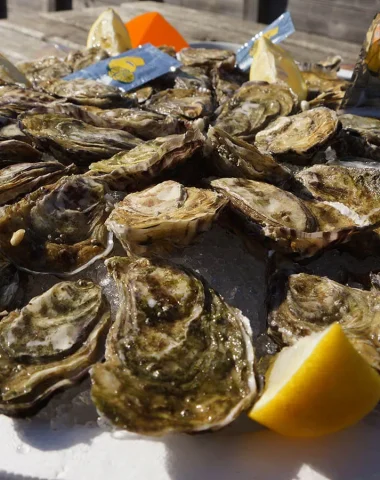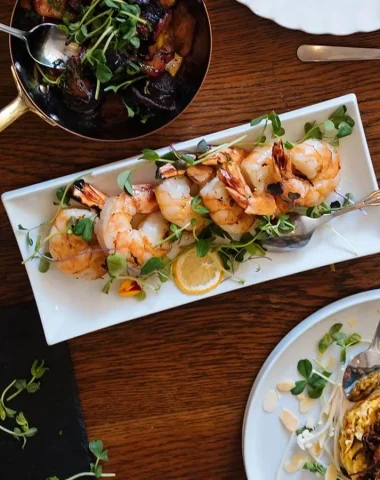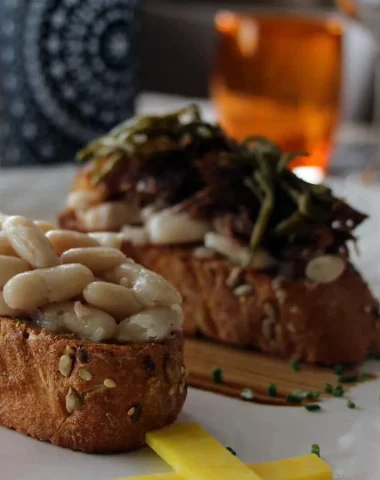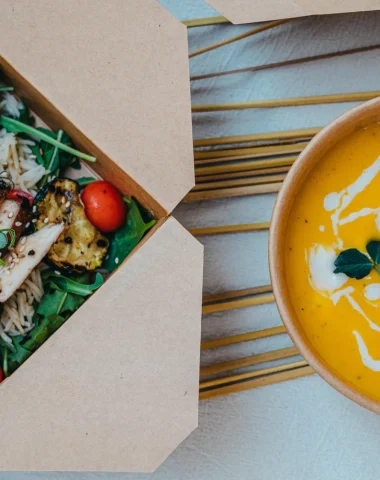If your holidays in Pays de Saint Jean de Monts are motivated primarily by the huge beaches and vast forest, you will also enjoy trying the local vendéen specialities.
If you want to know how to cook these specialities, you can try our local recipes!
Vendée specialities: produce of the land and sea
In the Vendée the local cuisine is rich and varied and you’d be mad not to try it. A real pick-me-up for your body and spirit. Let’s say from the start that Vendée specialities aren’t just ham, mogettes and brioche. The Vendée produces the raw materials from this area of agriculture and fishing, for chefs and restaurant owners to transform into something truly special.
Produce from the sea: by the sea you can treat yourself to seafood
Shellfish
Oysters from Bouin, Beauvoir or Noirmoutier, langoustines, crab, prawns, patagos (speciality clams from Ile d’Yeu), whelks and mussels are fished daily along the coast and sold in local markets and restaurants. Fishing for ‘pignons’ (small clams) in Saint Jean de Monts is an old tradition. When the sea falls back leaving a huge wet sandy area known as ‘l’estran’, along come a procession of wicker baskets, scrapers and other tools
Fish
With its 250km of coastline providing a rich breeding ground for many species, the Vendée is a big fishing area. Amongst the most emblematic of fish in the department is monkfish, turbot, hake, whiting, sole, red mullet, pollock, dog-fish, mackeral, tuna, sea-bass and the famous sardines from Saint Gilles Croix de Vie.
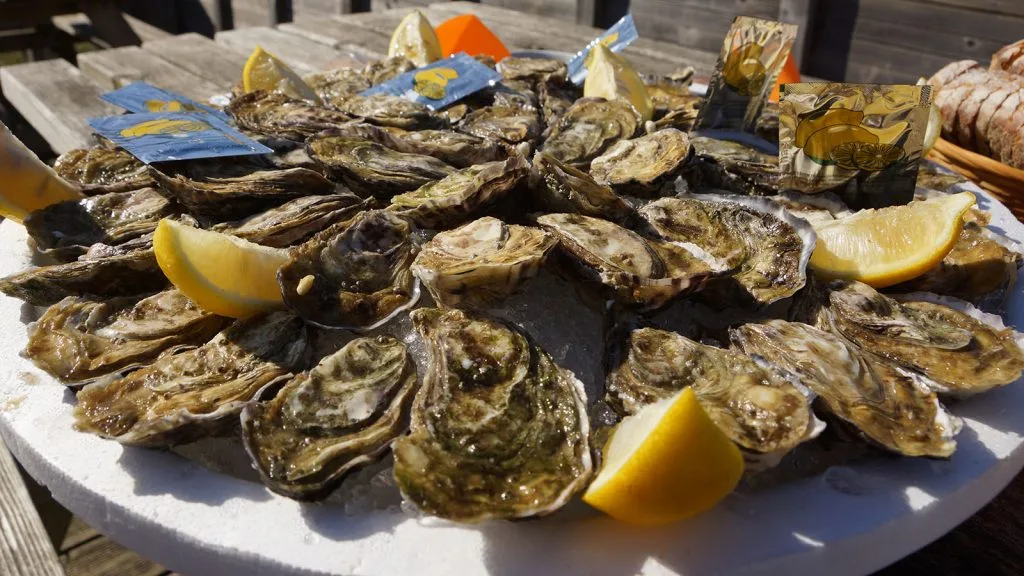
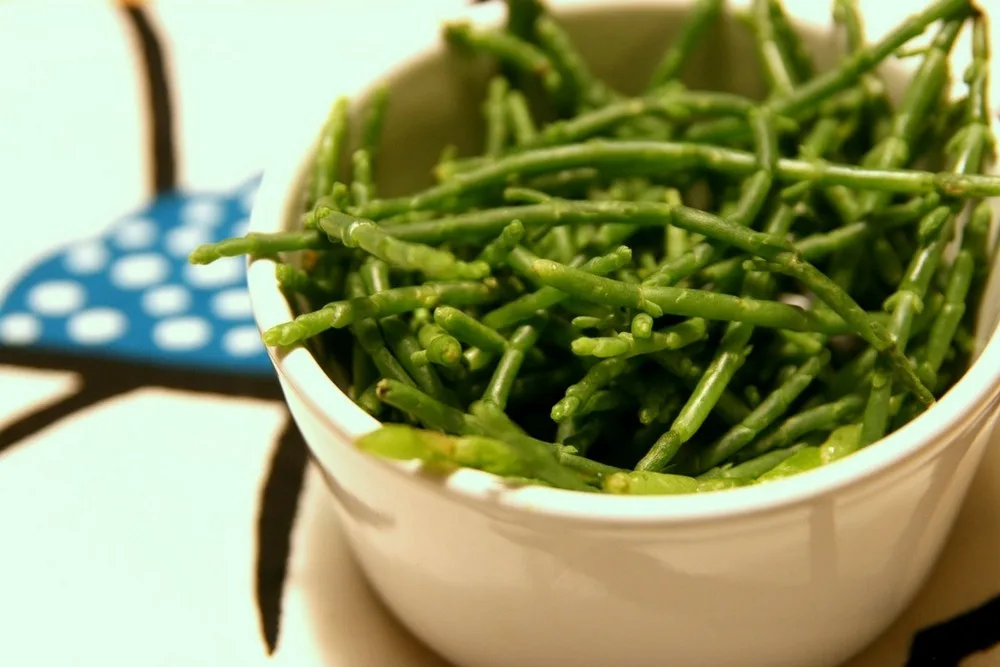
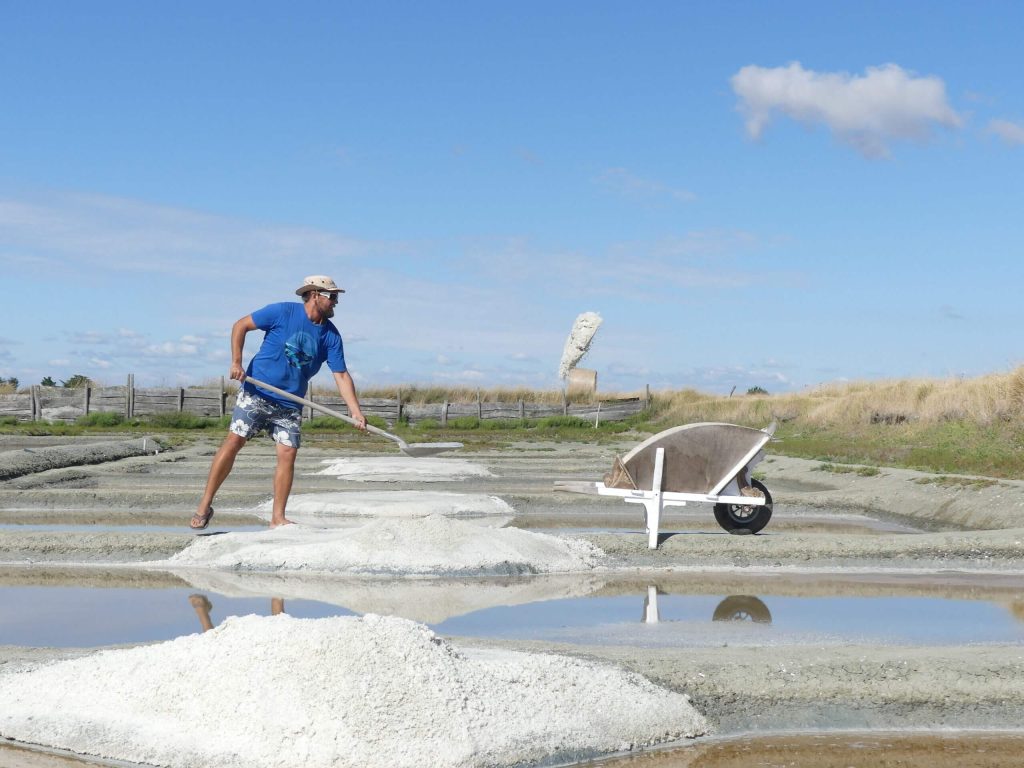
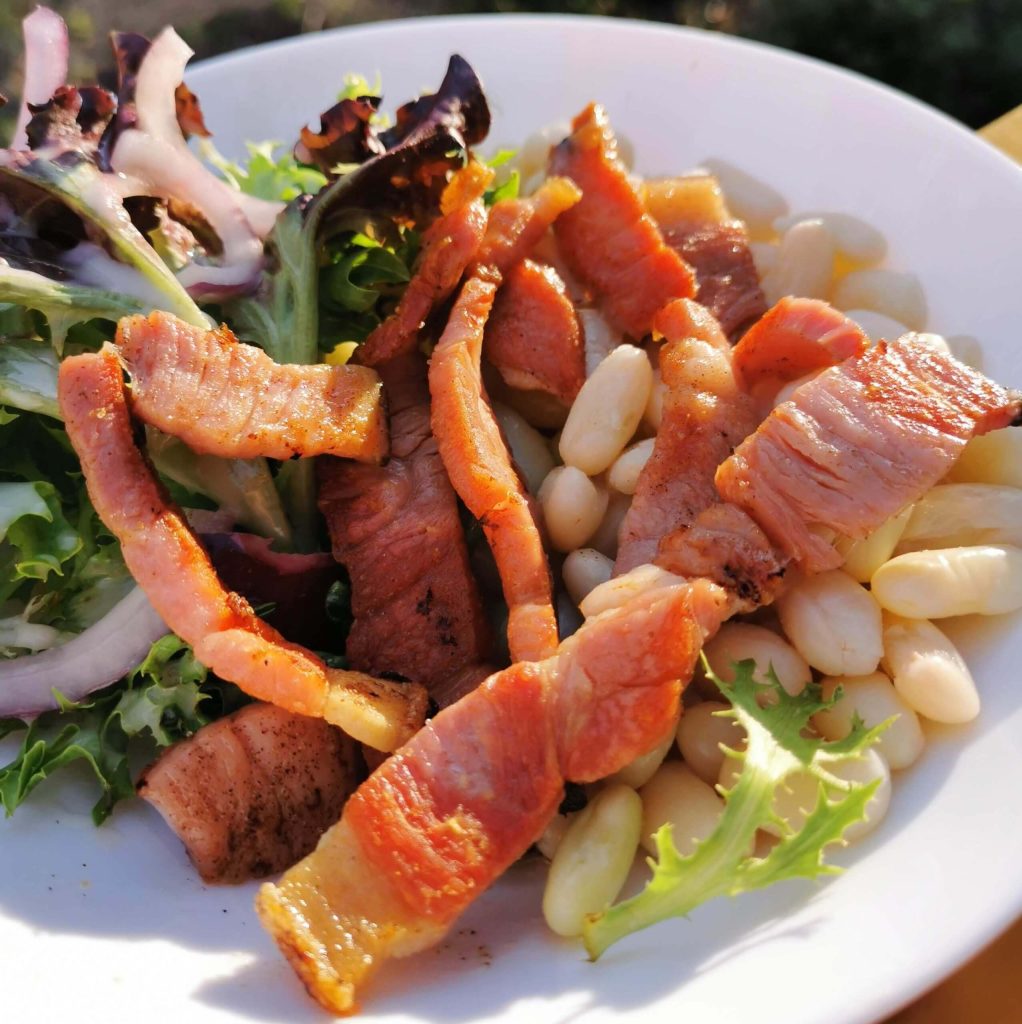
Produce from the land
The Mogette
The mogette – a dry white bean which is rich in carbohydrates and vitamins – has been cultivated in the Vendée since the 16th Century. It is without doubt, the ancestral basis of food, friendship and culture in the Vendée. Mogettes are traditionally eaten with ham.
The fleur de sel
Until the 1950’s, the fleur de sel was protected by salt producers and wasn’t used very much. When salt production was relaunched in the 1970’s, the young salt producers of the Vendée had an economic objective and saw a benefit in harvesting these fine salt crystals and selling them directly to the public looking for new tastes.
The salicorne
This has been grown and used as a fresh vegetable since the beginning of the 19th Century when it was only eaten by salt producers on the salt marshes. Eaten raw with bread and butter like radishes, or they can be cooked in boiling water like green beans or pan-fried with lots of butter – the salicorne is one of the seasonal vegetables.

